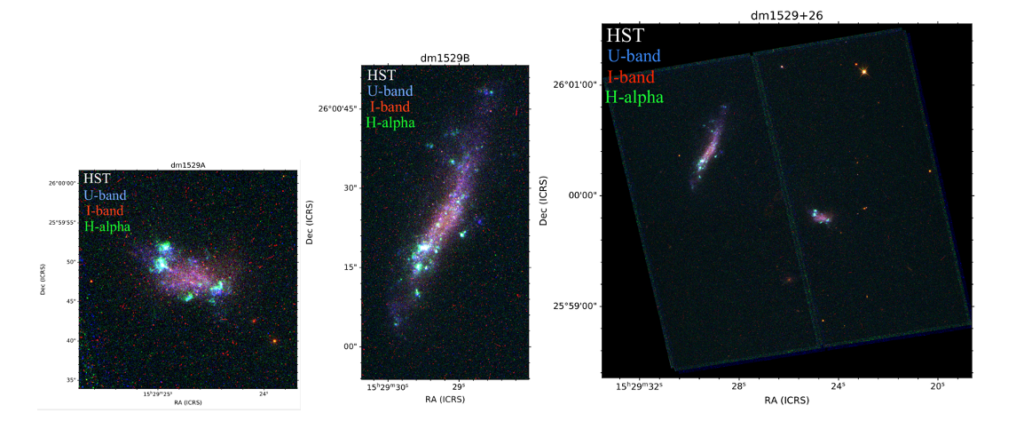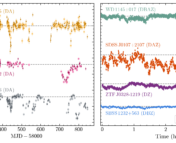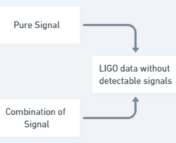The Undergraduate Research series is where we feature the research that you’re doing. If you are an undergraduate that took part in an REU or similar astro research project and would like to share this on Astrobites, please check out our submission page for more details. We would also love to hear about your more general research experience!

Tehreem Hai
Occidental College
Today’s guest post was written by Tehreem Hai, a sophomore physics major and math minor at Occidental College. Tehreem carried out the project described in this post under the mentorship of Dr. Sabrina Stierwalt during Occidental’s Summer Research Program.
You might have heard of galaxy mergers involving larger galaxies like our Milky Way gobbling up smaller ones, or two large galaxies dancing together in a cosmic waltz. But have you ever seen a merger of dwarf galaxies? We studied one of these unique mergers in our research, which involved two dwarf galaxies more than a megaparsec from a massive host. This work was a high-resolution continuation of my mentor Dr. Stierwalt’s analysis of dwarf mergers in the TiNy Titans Survey (featured by Astrobites here).
For our study, we selected one of the mergers that showed enhanced star formation in TiNy Titans. We used three new, specially-requested images of the merger from the Hubble Space Telescope Wide Field Camera 3 (in the I-, U- and H-alpha bands) to create three-color images (Figure 1). As you can probably tell from the figure, the two galaxies in the merger have fairly different sizes. The ‘smaller’ galaxy has a stellar mass of ~107.6 solar masses while the ‘larger’ is about ~108.0 solar masses. For context, the Milky Way has a stellar mass of roughly 1011 solar masses.
We then used these images to identify star clusters within the galaxies and find each cluster’s color and brightness. From this initial analysis, we appear to have found active star-forming regions at the outskirts of both galaxies in our merger, along with populations of clusters which may have formed at different times in the smaller galaxy. In the future, we will trace the evolution and properties of those clusters and compare them with the cluster populations of other galaxies. Through this work, we will be able to see how much of a role factors like galaxy mass, metallicity, isolation, and dwarf galaxy interactions play in star formation. Since dwarf-dwarf mergers were an important part of early galaxy assembly, this could give us clues about how larger galaxies (like our own!) came into being.

Astrobite edited by: Tarini Konchady





Interesting research. I made some images from the Hubble proposal that also contain this galaxy. I posted them on flickr:
https://www.flickr.com/photos/192466979@N06/51135090538/in/dateposted-public/
Your images look amazing, thank you for sharing!